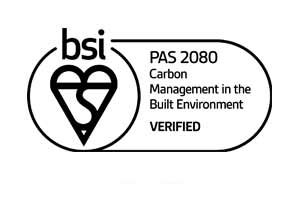
In the UK we have a total of 18 different species of bat, 17 of which also breed in the UK.
Your location in the UK will affect which species you might see! Bats account for nearly a quarter of our total mammal species. Bats are important within habitats and ecosystems across the globe, with roles such as pollinators, seed dispersal and re-foresters. In the UK bats feed on insects, keeping populations under control and away from gardens and farmland and are great biodiversity indicators.
Unfortunately, bats have been facing population decline within the last century and all 17 of the UKs breeding bat species are red listed and at risk of extinction. This is because bats face a range of threats such as habitat loss, development works that affects their roosts, severing of their commuting routes by roads and railway lines and artificial lighting at night.
In the UK all bats and their roosts are legally protected by UK and European legislation under the Conservation of Habitats and Species Regulations 2010 (under which all UK bat species are European Protected Species) and schedule 5 of the Wildlife and Countryside Act 1981.
In recent years some UK bat species such as the Common Pipistrelle and Horseshoe Bats have started to show signs of recovery. This highlights the positive impacts of the strong legislation put in place and conservation efforts. However, there is still lots to do towards their recovery across all species and nationwide.

Look closely and you’ll see a line of sleeping bats
Recent bat guidance has been updated
The Bat Conservation Trust (BCT) sets out the guidance for all ecologists across the UK, with standardised survey methods and practices that should be followed. In the Autumn of 2023, the BCT released the 4th edition of their ‘Bat Surveys for Professional Ecologists: Good Practice Guidelines’ which is the essential guidance used by ecologists to complete bat surveys. This new edition has meant the guidance has been fully updated and introduced changes to the sections on biosecurity, tree surveys, bat sound analysis auto-identification, data science and others.
Some notable changes include:
- Recommended that Night Vision Aids (NVAs) are used.
- Time between surveys extended from two weeks to three weeks.
- Changes to guidance on categorising the potential suitability of trees.
- Static / Hibernation surveys now need minimum of two weeks per survey each month from November - March (previously December - February).
How do these changes affect development projects?
Construction and development can affect bats through the provision of roosting opportunities, availability of foraging and commuting routes and management or protection of existing roosts and areas. Therefore, developers must consult ecologists to assess sites and structures for bat potential if works are impacting man-made structures, trees or ideal bat habitat.
The changes introduced by the BCT for bat surveys therefore also impact development projects, as the ecologist completing the surveys may have to change the way they were working. For example, the extended timeframes between surveys that’s been introduced means developers may also have to extend their project timeframes. Due to the strong UK and European legislation protecting bats in the UK it is a criminal offence to disturb or damage a bat or its roost, therefore developers should consult suitably qualified ecologists if their project has any potential to cause disturbance or damage to bats or their roosts.

How can Chevron Green Services support you?
Our Consultancy division has bat specialists who can support you in your Preliminary Roost Assessments, Phase 2 bat surveys and other bat related mitigations, as well as advise on bat enhancement opportunities for your development. Our Arboricultural Surveyors are also all sensitive to potential bat presence, having had suitable training to assess presence of bats in trees and follow up processes in what to do if they’re found.



















